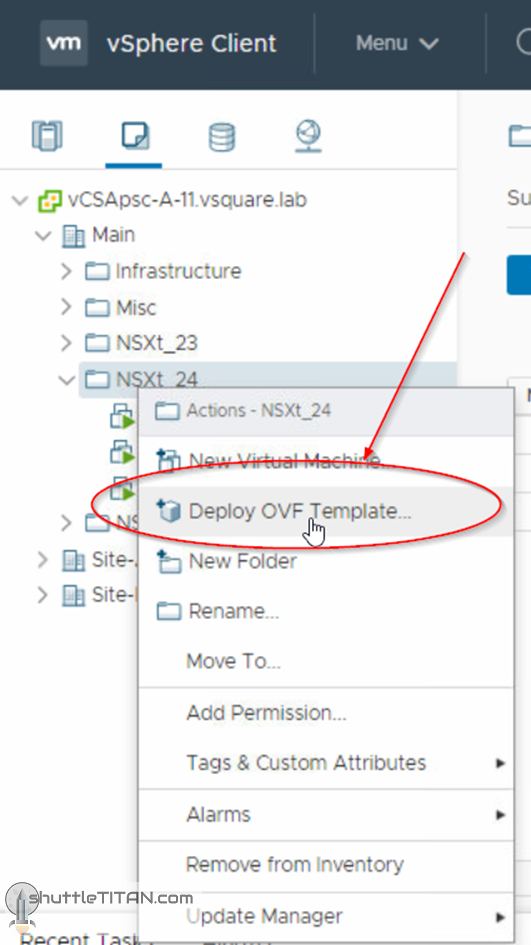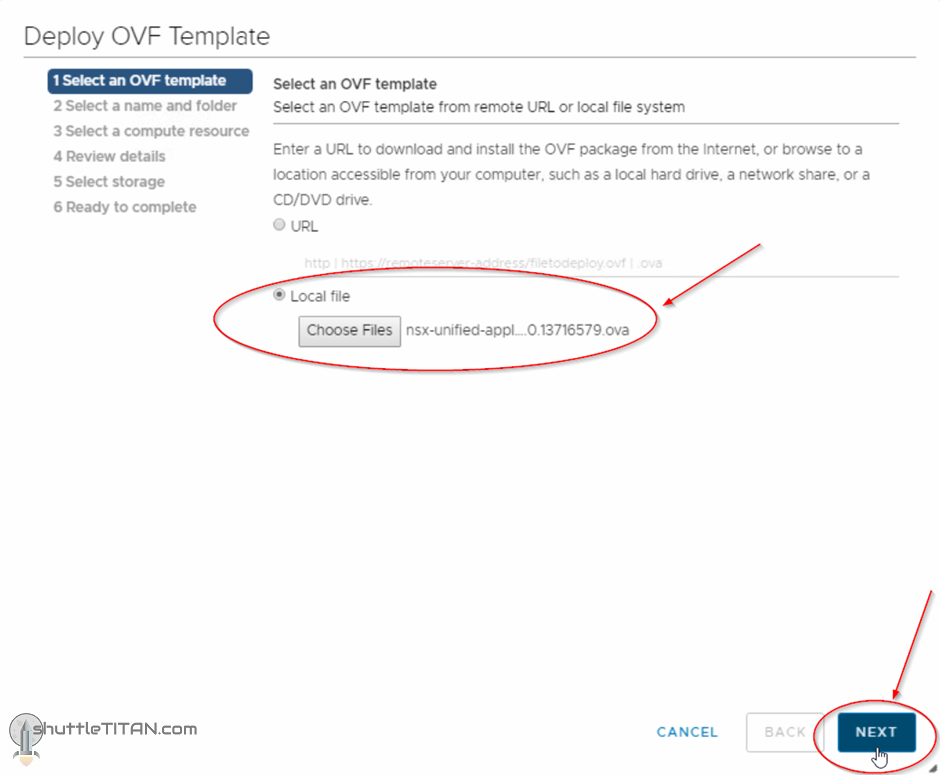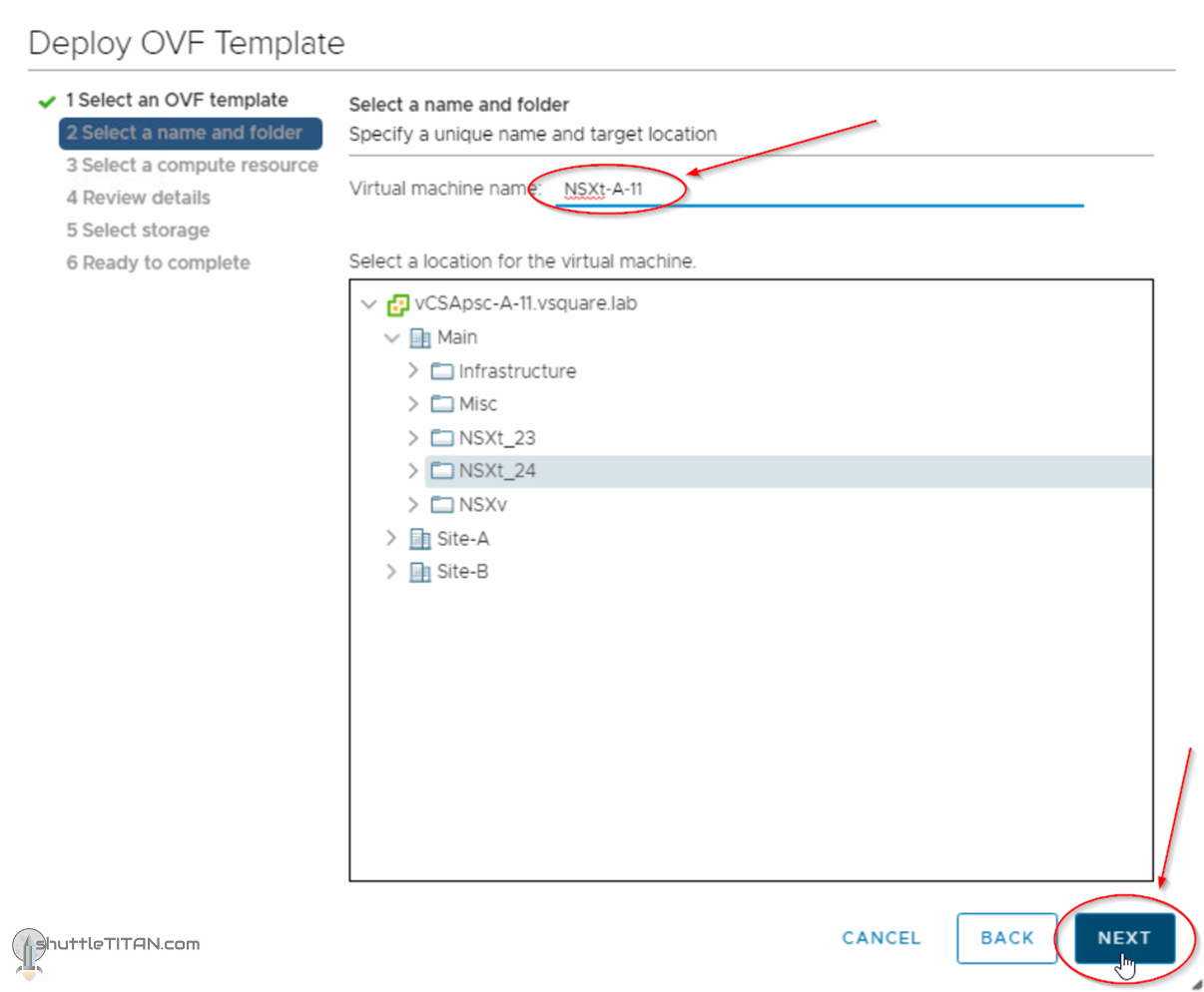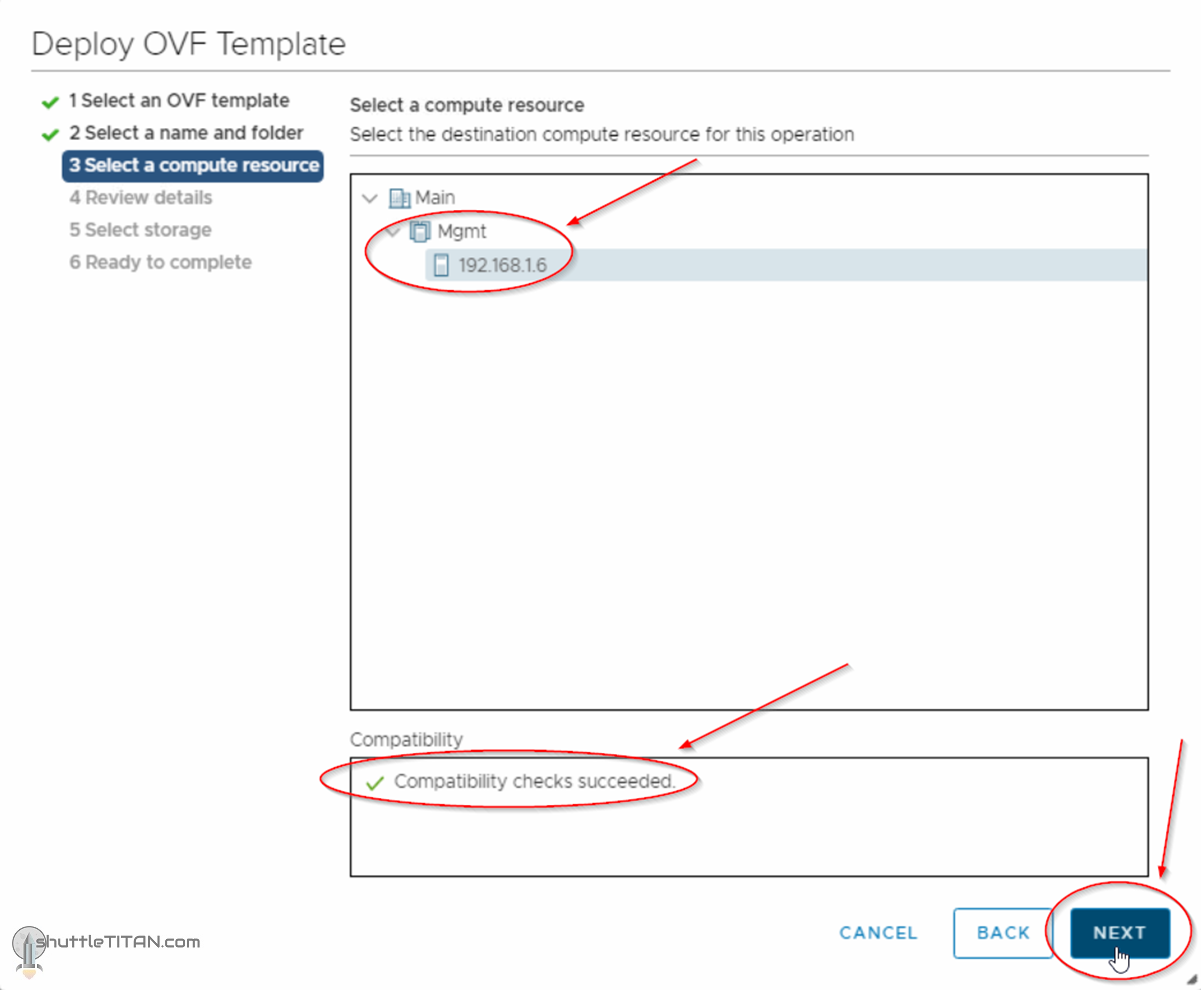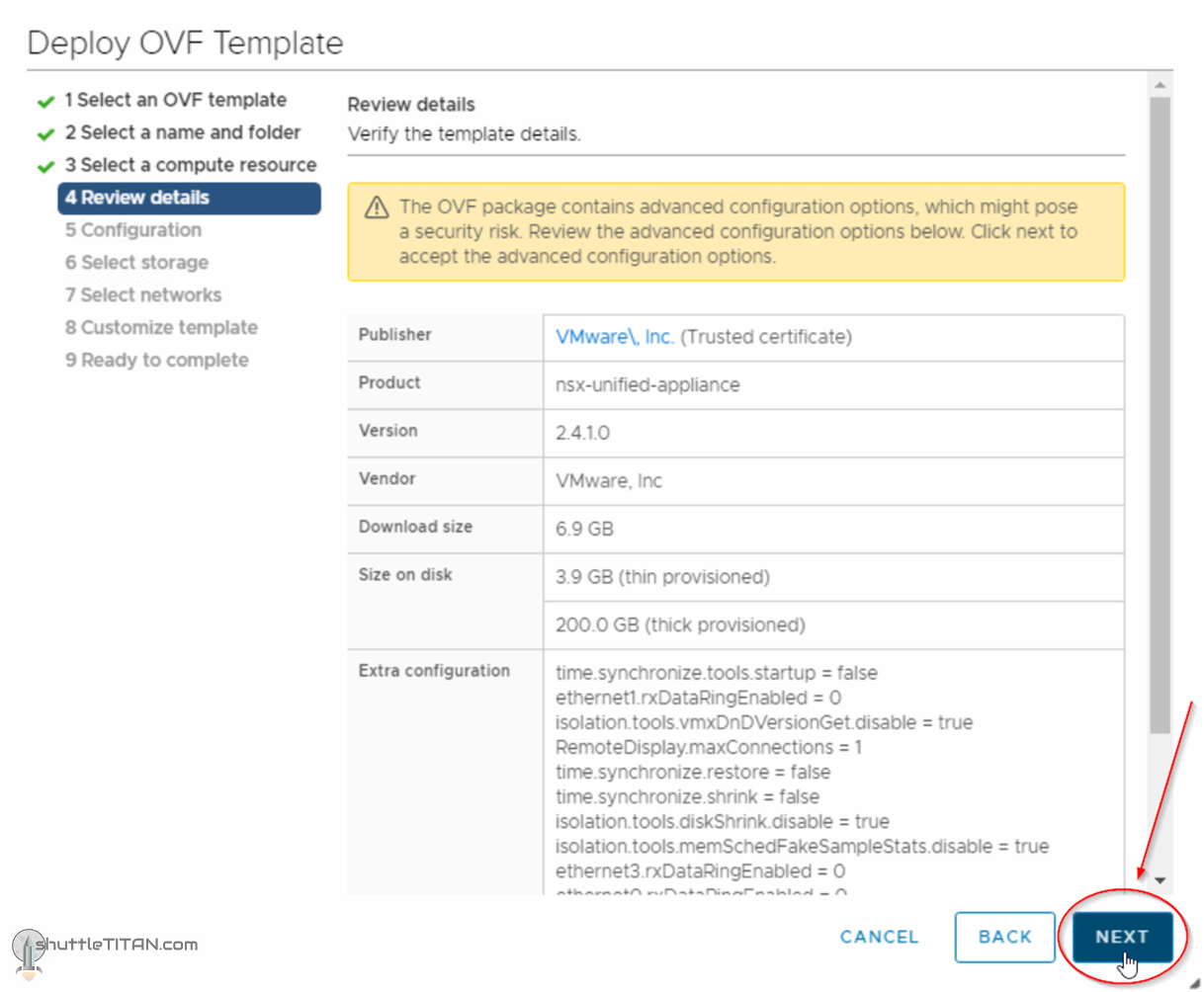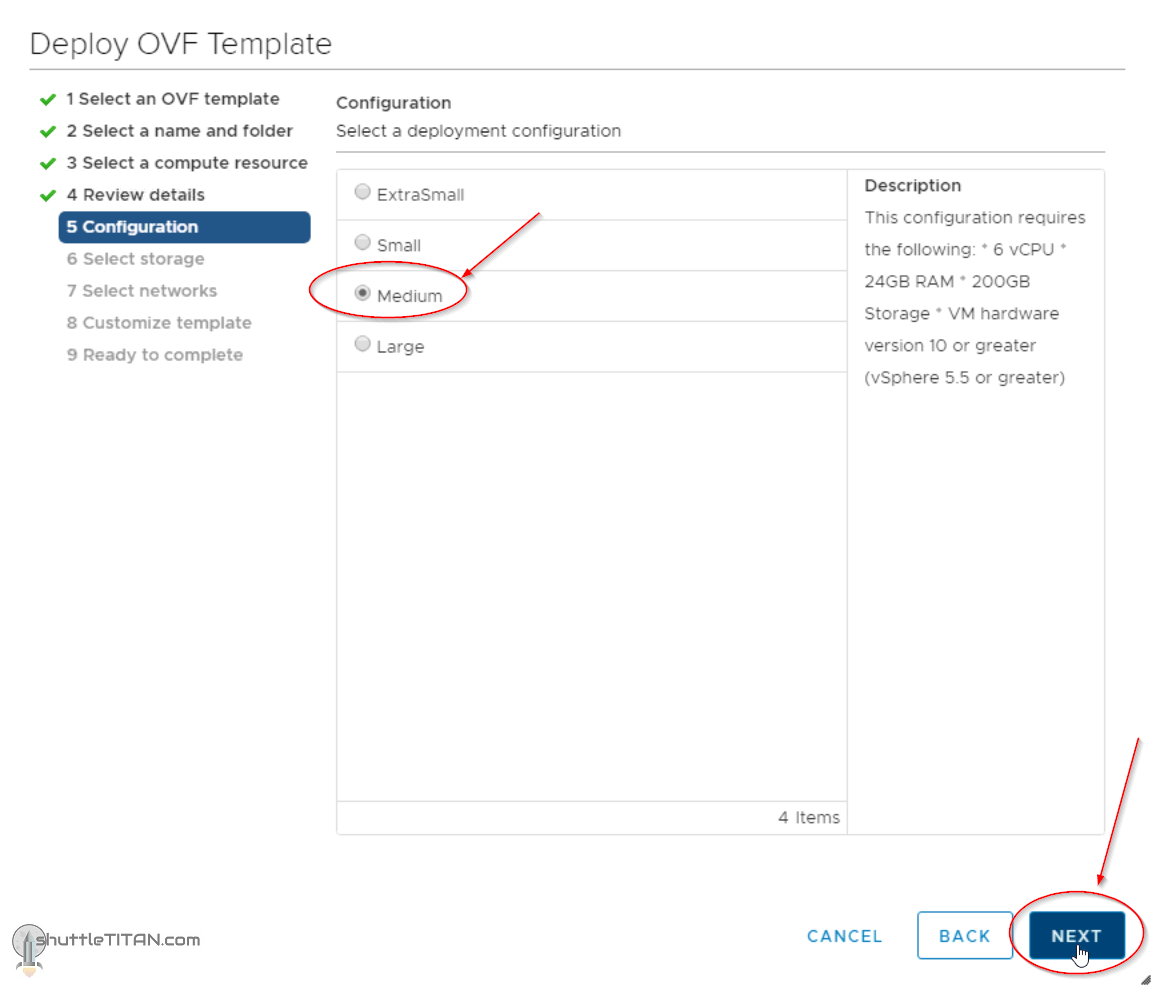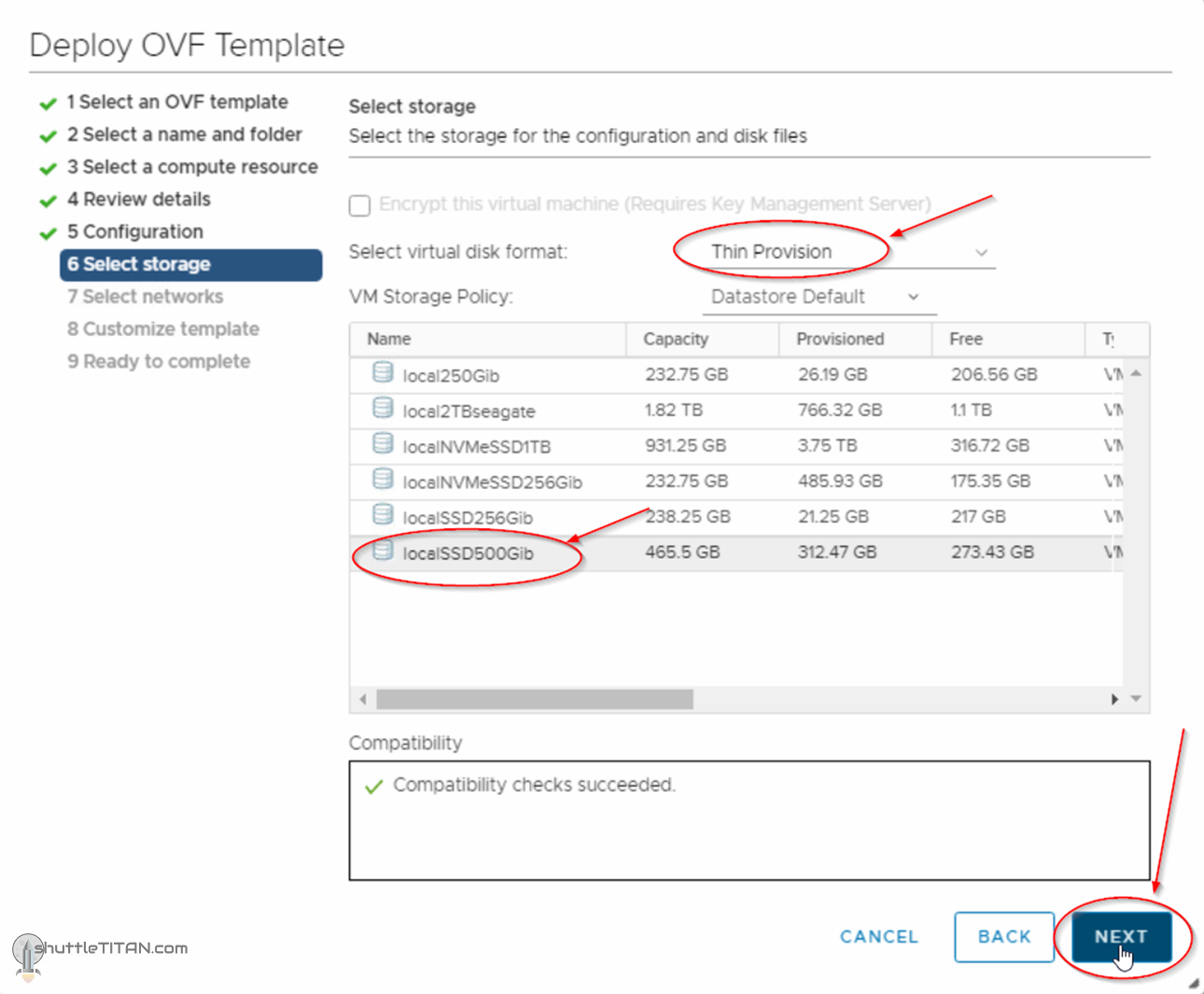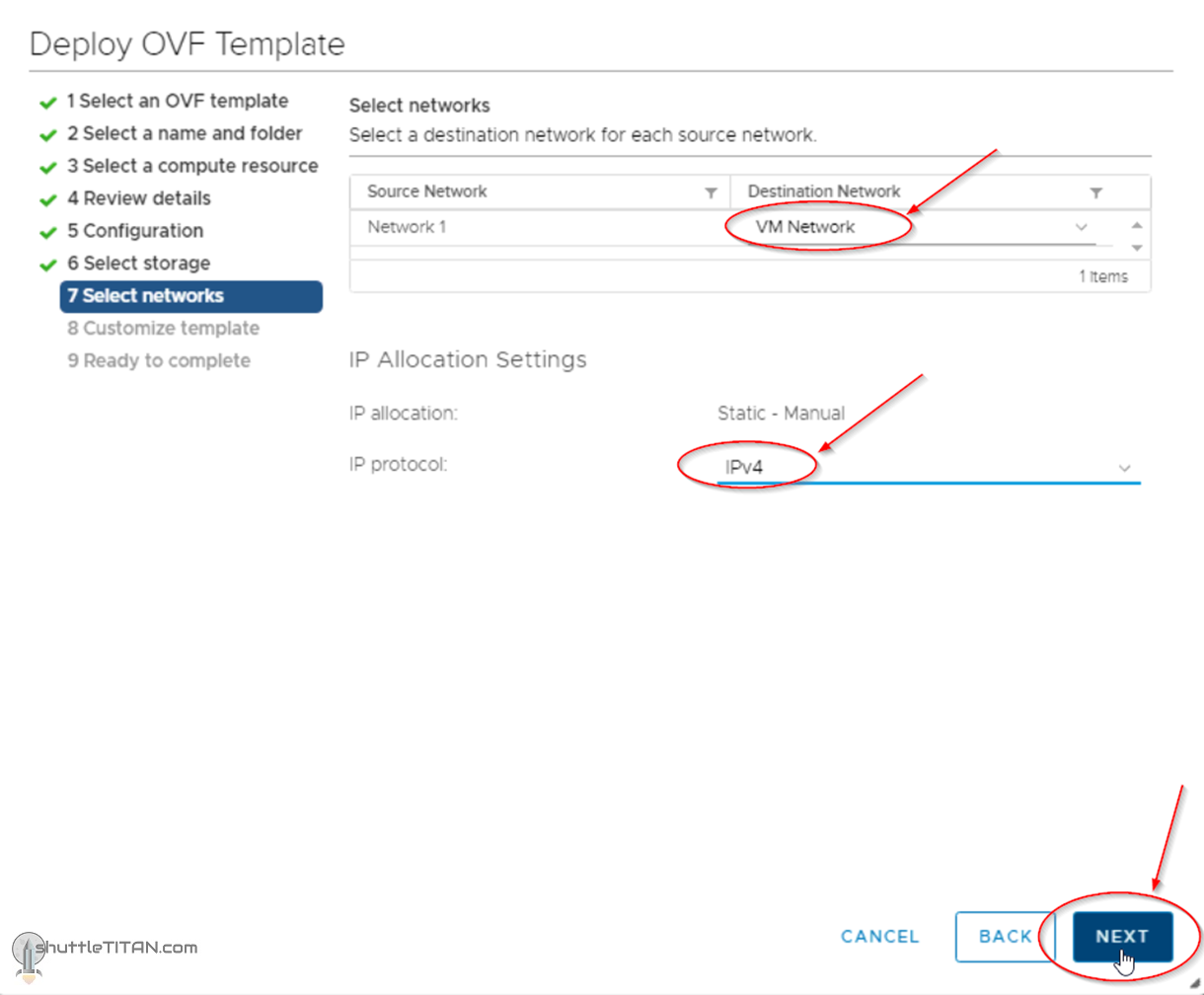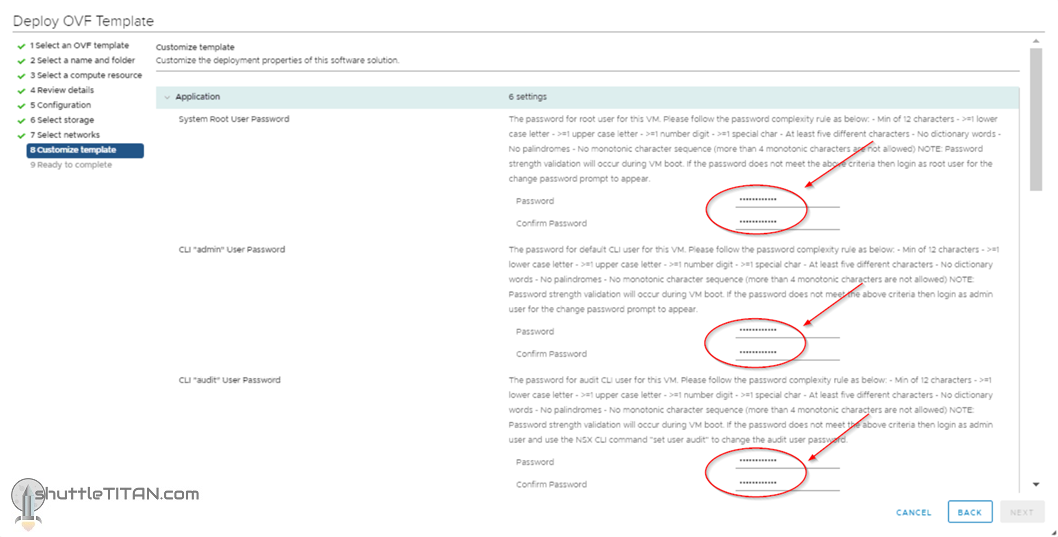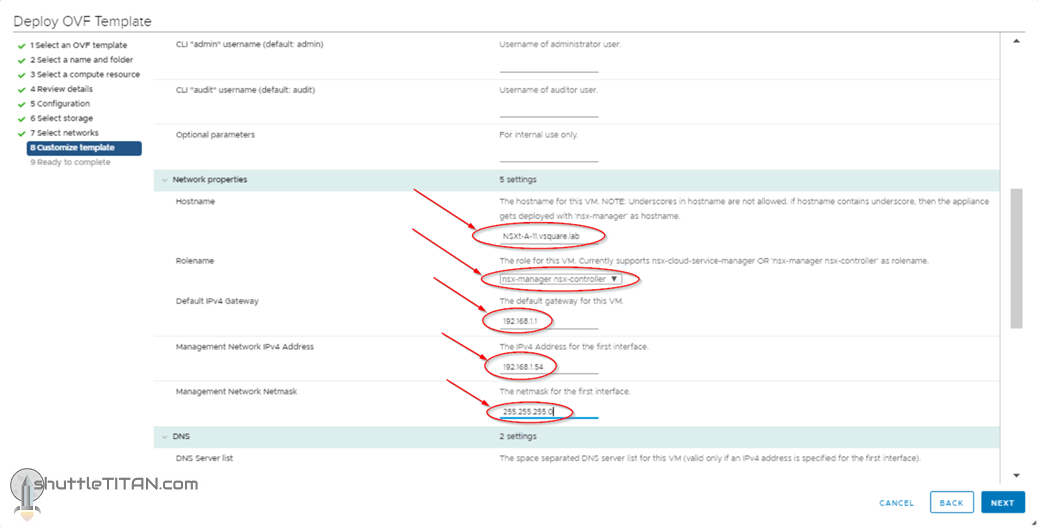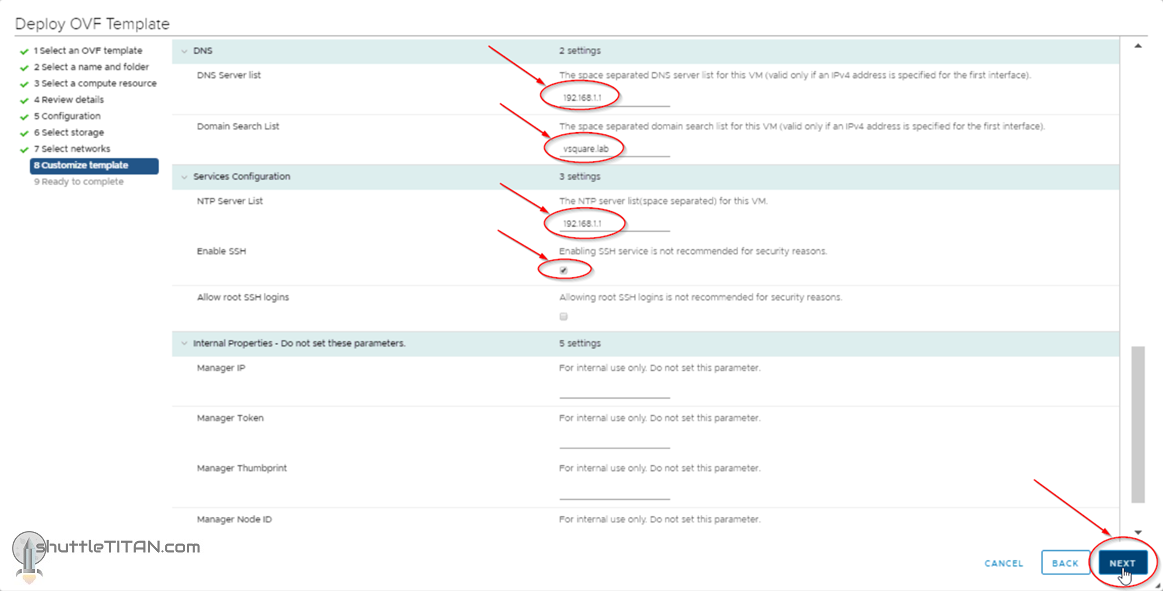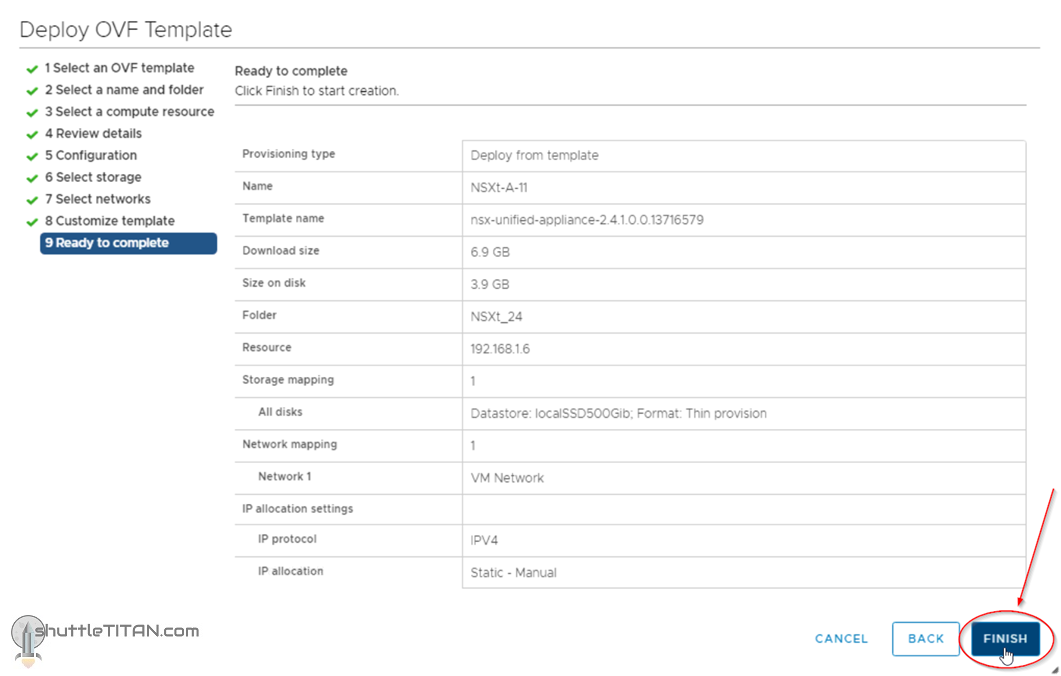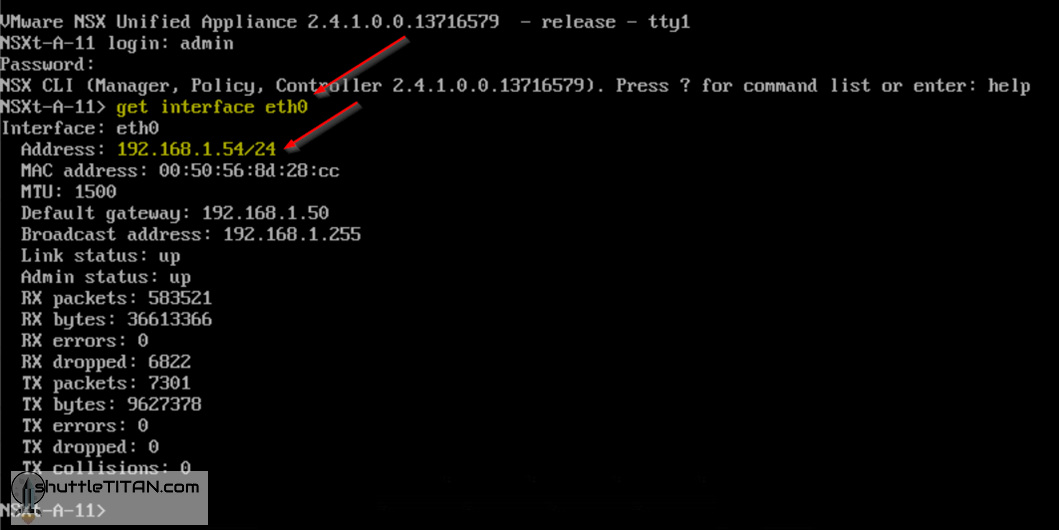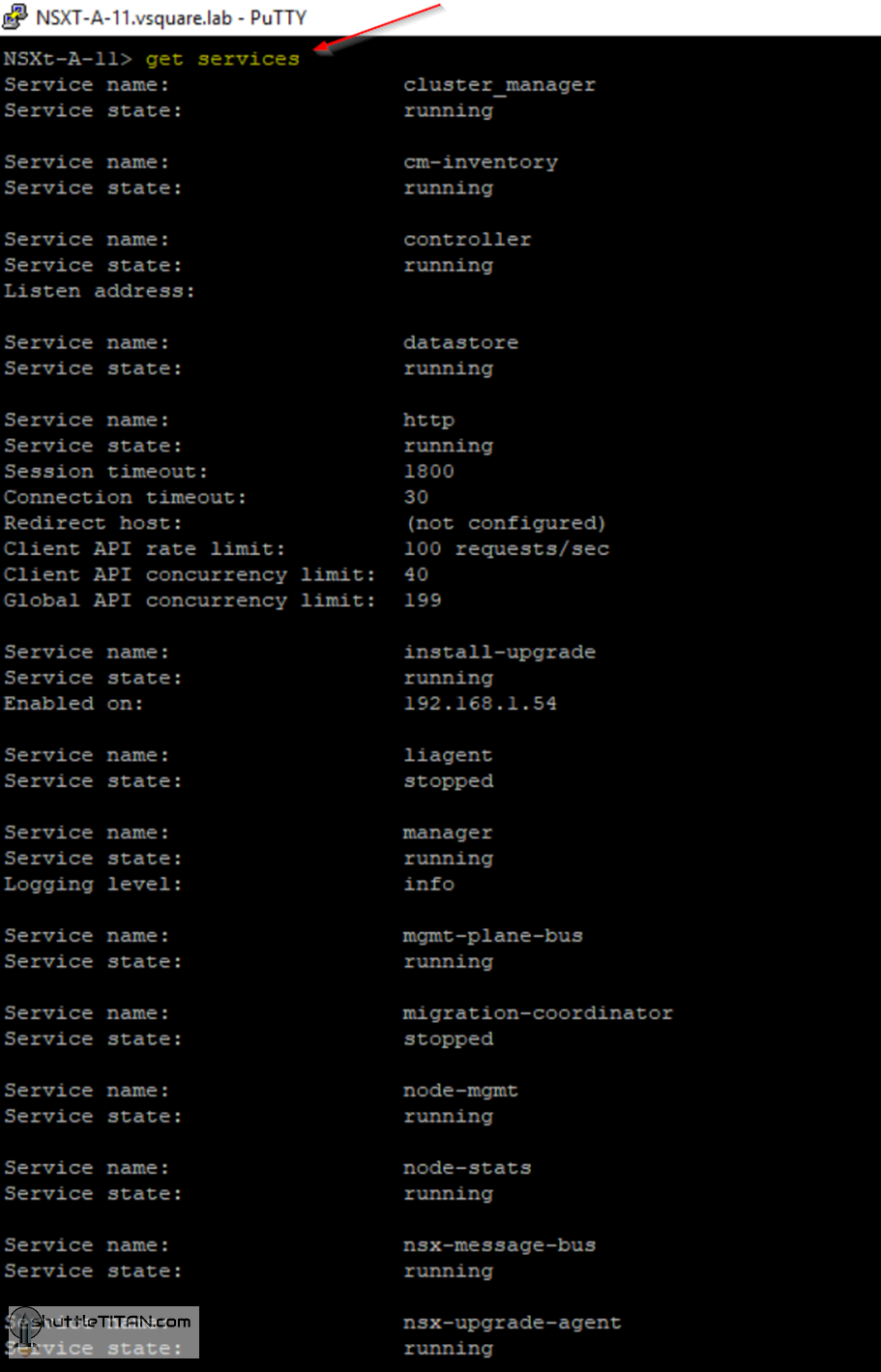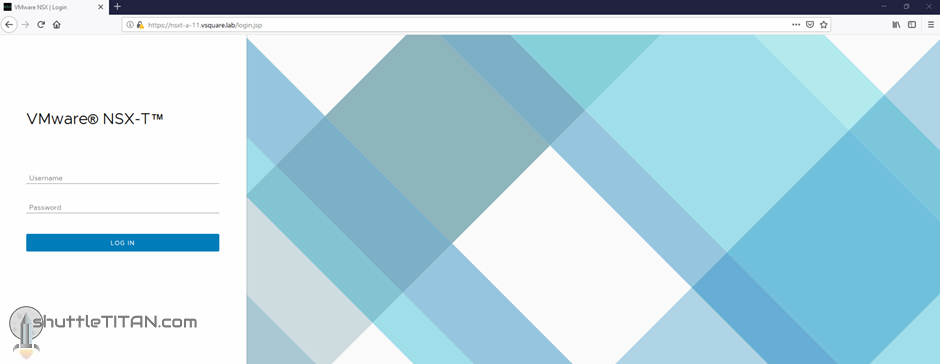In Step 0, we discussed the overall design and what we are going to achieve at the end of this NSX-T Installation series, via a couple of visio diagrams and few key points. This is the first step towards that end goal, which shows the “step-by-step” instructions and screenshots of the first NSX-T Manager node deployment.
—————————————————————————————————————————————————————
But before we proceed, I would encourage you to briefly skim through my blogs below, which you may find useful for this step:
- NSX-T Architecture (Revamped) for v2.4 and later
- Series Overview: Step 0 – High Level Design
- NSX-T Management Cluster Deployment Options
If you are deploying this in your home lab or performing a PoC in a nested vSphere Environment, I would also suggest you to have a quick glance of my other blog Home Lab Setup – Nested ESXi Host’s networking for NSX-T.
—————————————————————————————————————————————————————
I would also recommend referring the VMware Product Interoperability Matrices (custom link here) to make sure your existing product versions are supported with the NSX-T version you are deploying.
With that, let’s get started…
Firstly, create four “Host A” records in your DNS server for the three NSX-T Manager nodes we will be deploying and one for the virtual IP. I have created the following, relevant to my environment:
| FQDN | IP |
|---|---|
| NSXt-A-11.vsquare.lab | 192.168.1.54 |
| NSXt-A-12.vsquare.lab | 192.168.1.55 |
| NSXt-A-13.vsquare.lab | 192.168.1.56 |
| NSXt-A-VIP.vsquare.lab | 192.168.1.53 |
1. Log on to the vCenter -> Click “VMs and Templates” -> Right Click the appropriate folder (where you would like to deploy the NSX-T Manager) -> Click “Deploy OVF Template”
2. Either specify the URL or choose the NSX-T Manager’s ova file, and click “Next”:
3. Specify the “name” of the virtual machine, click “Next”
4. Select the compute resource i.e. the cluster, resource pool or the host, check compatibility has succeeded and then click “Next”:
5. Review Details, and click “Next”:
6. Select the deployment configuration size as appropriate and click Next:
Note: For production only medium and large size are supported, for more details check point 11 here.
7. Select the datastore and appropriate disk format and storage policy. After the compatibility checks are succeeded, click Next:
8. Select the appropriate destination network i.e. Port Group and IP Protocol, click Next:
9. Specify the root, admin and audit account’s password and scroll down:
10. Specify the Hostname, role-name and networking details and scroll down:
11. Specify the DNS details, NTP and whether you would require SSH to be enabled on the NSX-T Manager, click Next:
12. Review the details and click Finish:
Post deployment health checks:
Once the NSX-T Manager appliance is deployed it might take several minutes for the NSX-T Manager to start. This is normal behaviour and is also seen after an admin password change when prompted on first login.
1. Open the console of the NSX-T Manager VM and login with admin credentials, upon successful logon it will show you the version number and the role it is performing:
2. Verify the network configuration by using the command below:
get interface eth0
3. Check the status of the services by running the following command:
get services
Note: liagent, migration-coordinator, and snmp services are not started by default
After all other services have started successfully, type “exit” command to logout.
You should now be able to visit the NSX-T Manager UI login page via the URL “https://<FQDN or IP>”
This concludes this step of deploying the first node of NSX-T manager successfully.
Let’s proceed ahead with the next blog in this series Step 2 – Add a Compute Manager.

